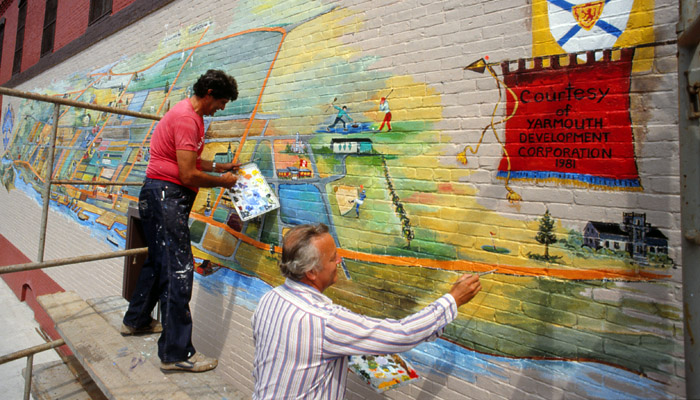In today’s technological age, high-definition photography and video allow us to share images around the planet in seconds. Satellite uplinks and real-time streaming can allow people from around the world to attend conferences without pricey plane tickets and hotel stays. In most of the modern world, people are always connected via cellphones, tablets and laptops. This new way of communicating and sharing has allowed art to become more accessible throughout the globe. Accessibility has improved the arts in ways that would have seemed impossible even a few decades ago.
Talent Can be Found via Youtube
Pop star Justin Bieber was plucked out of his small Canadian town and launched into international stardom by being discovered on Youtube, and talent scouts from all facets of the arts are taking notice. The Pittsburgh Symphony Orchestra held a contest for instrumentalists, complete with voting by the public, in 2012 for a chance to win an audition for musical director Manfred Honeck. The winner was also given paid transportation and a $10,000 prize. No longer do those with immense talent miss out on their chance for discovery. This allows talent scouts to find artists without much concern for their physical location or socioeconomic status. As long as the artist is willing to travel, he or she could be invited anywhere in the world for work, further training or exhibition.
Art Can Be Shared World-Wide
While yes, it is always an intense and joyous experience to view masterpieces in person, traveling to view art is not possible for everyone. In the past, those with disabilities, low income or other barriers to travel had to make do with grainy photos and jerky, low-quality video of art from around the world. This is no longer the case. If you’d love to see the art located in a particular fine art gallery but can’t make it there, you can view many of the display pieces right on your computer. Always wished you could see a performance by the New York City Ballet Company? They have their own website now, complete with high-definition videos and behind-the-scenes interviews and footage. People are no longer limited by geography and finances when it comes to appreciating art.
Learning More and Honing Skills is Available to Nearly Everyone
If you’ve ever wondered how photographers can create stereoscopic images or how singers can have such vast vocal ranges, technology has made it possible for you to learn from the comfort of your computer or smartphone. Whether you’re interested in origami or tap dancing, opera singing or glassblowing, there are tutorials, videos, blogs and photographs to guide you. Should you want to try it for yourself, you can buy the supplies you need online as well, sometimes at steep discounts compared to brick-and-mortal arts centers. The web of online technology has doubtless cultivated budding artists to grow in their craft by serving as a tutor and a supportive community with no geographical barriers.
The technological advancements of the past few decades has done wonderful things for the arts community world-wide. Everything from flushing out hidden talent to encouraging beginning artists has become standard in the digital age. As technology continues to evolve, artist will continue to use it to share, nurture and appreciate art.

